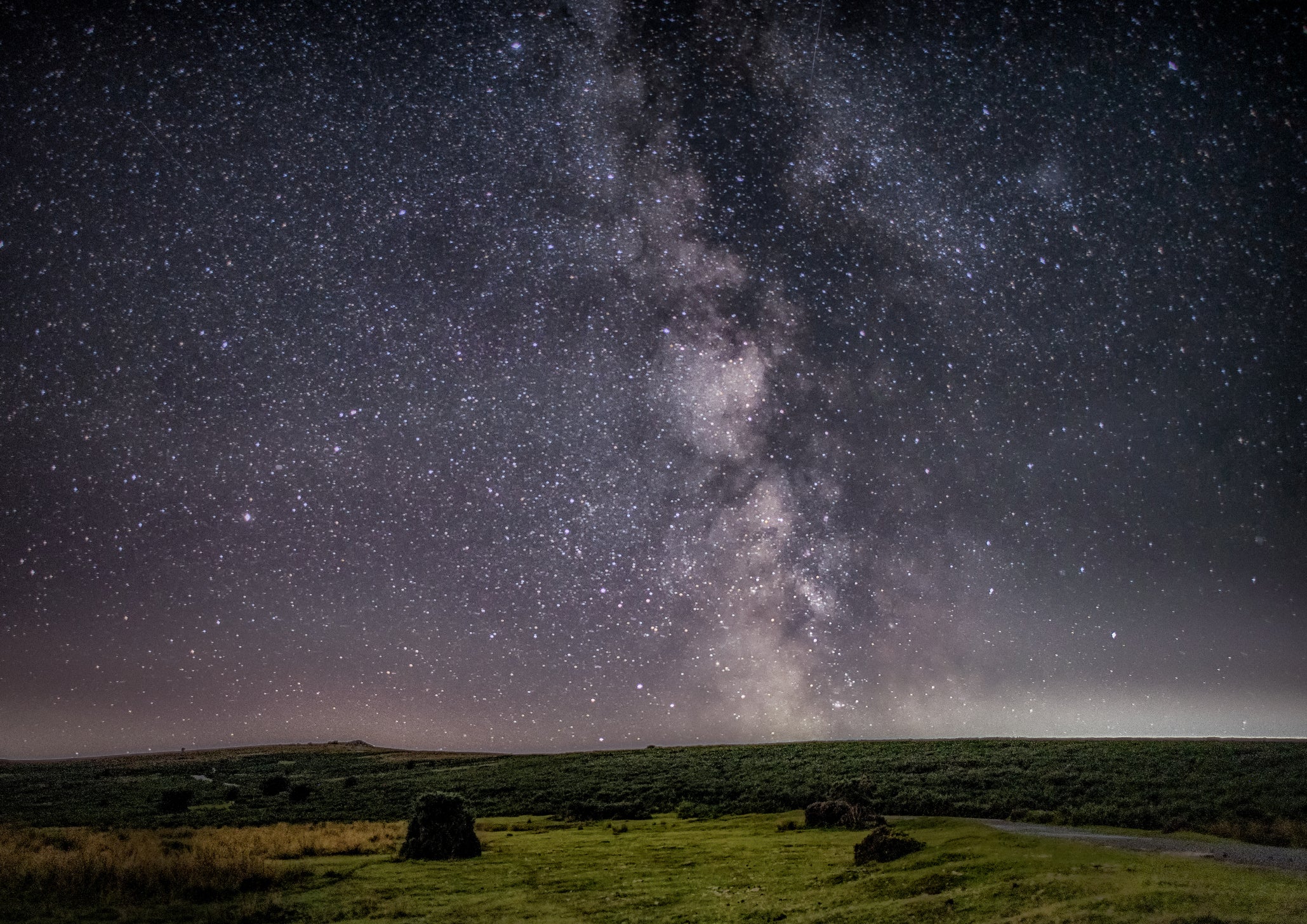There is an ‘extragalactic structure’ hidden behind our Milky Way, scientists say

Your support helps us to tell the story
From reproductive rights to climate change to Big Tech, The Independent is on the ground when the story is developing. Whether it's investigating the financials of Elon Musk's pro-Trump PAC or producing our latest documentary, 'The A Word', which shines a light on the American women fighting for reproductive rights, we know how important it is to parse out the facts from the messaging.
At such a critical moment in US history, we need reporters on the ground. Your donation allows us to keep sending journalists to speak to both sides of the story.
The Independent is trusted by Americans across the entire political spectrum. And unlike many other quality news outlets, we choose not to lock Americans out of our reporting and analysis with paywalls. We believe quality journalism should be available to everyone, paid for by those who can afford it.
Your support makes all the difference.Scientists have found a vast “extragalactic structure” hidden behind the Milky Way.
The structure has been hidden because it is in the so-called “zone of avoidance”. That is the part of space that is hidden by the “bulge” of our own galaxy, and so means it has been little explored.
The zone, which is also called the zone of galactic obscuration, happens because the dust and stars of our own Milky Way get in the way of its light as it makes its way to Earth. It means that some 10 per cent of the sky remains largely mysterious, hidden behind our own galaxy.
The new discovery helps shed some light on what is happening in that largely mysterious zone. It suggests there is another galaxy cluster there, according to researchers in a new pre-print paper.
In recent years, scientists have used a variety of different equipment to look at the zone of avoidance through different wavelengths. It has offered great advances in exploring the area – but still much of it remains a mystery.
Those hints had led scientists to suspect that there might be some kind of structure lurking in the zone. But now scientists have been able to confirm it, using the VVV Survey.
That survey is a project that users infrared wavelengths to scan the bulge. While visible light is almost entirely blocked out by the Milky Way, infrared emissions can come through, and scientists are now able to examine it with developed equipment.
They were able to see a range of different objects that appear to be galaxies, which together likely belong to the extragalactic structure discovered by the scientists.
In all there might be at least 58 galaxies that make up the structure, scientists say. Further work could reveal yet more of them, as well as giving better information about their size.
The findings are reported in a new paper, ‘Unveiling a new extragalactic structure hidden by the Milky Way’, which is published on the pre-print server Arxiv and has been submitted to the journal Astronomy & Astrophysics.
Join our commenting forum
Join thought-provoking conversations, follow other Independent readers and see their replies
Comments